The Biological Mechanisms of Cellular Communication
Introduction
Cellular communication is a crucial aspect of biological processes, enabling cells to interact with each other and their environment. This interaction is facilitated by a complex network of signals and responses, which are essential for the maintenance of homeostasis and the coordination of biological functions.
Cellular Communication Overview
Cellular communication involves the transmission of signals from one cell to another. This process is mediated by signaling molecules, which can be proteins, peptides, or small organic compounds. These molecules are produced by the signaling cell and are recognized by the target cell, which responds by altering its behavior or function.
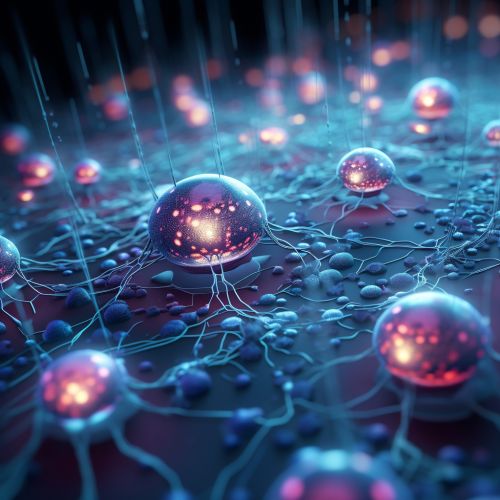
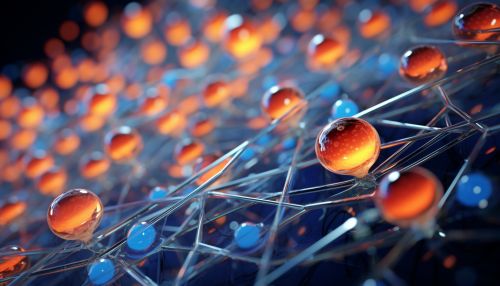
Types of Cellular Communication
There are four primary types of cellular communication: autocrine, paracrine, endocrine, and direct cell-to-cell communication.
Autocrine Communication
In autocrine communication, cells produce signals that they themselves respond to. This type of communication is often involved in the regulation of cell growth and development.
Paracrine Communication
Paracrine communication involves the release of signals by a cell that influence the behavior of nearby cells. This is often seen in the immune response, where cells release signals that attract immune cells to the site of an infection.
Endocrine Communication
In endocrine communication, signals are released into the bloodstream by endocrine cells and travel to distant target cells. This type of communication is responsible for the coordination of various physiological processes, such as metabolism and growth.
Direct Cell-to-Cell Communication
Direct cell-to-cell communication involves the transfer of signals through physical contact between cells. This can occur through gap junctions, which allow for the direct exchange of ions and small molecules, or through cell adhesion molecules, which facilitate cell-cell interactions.

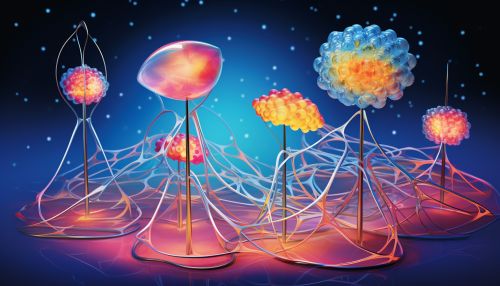
Signaling Molecules
Signaling molecules, also known as ligands, are essential components of cellular communication. These molecules can be classified into three main categories: small hydrophobic molecules, water-soluble hormones, and gases.
Small Hydrophobic Molecules
Small hydrophobic molecules, such as steroid hormones, can easily cross the cell membrane and interact with intracellular receptors. This interaction triggers a change in the receptor's shape, allowing it to regulate gene expression.
Water-Soluble Hormones
Water-soluble hormones, such as peptide hormones, cannot cross the cell membrane. Instead, they bind to cell surface receptors, triggering a cascade of intracellular events that lead to a cellular response.
Gases
Gases, such as nitric oxide, can also act as signaling molecules. These gases can freely diffuse across cell membranes and interact with intracellular targets, leading to a cellular response.
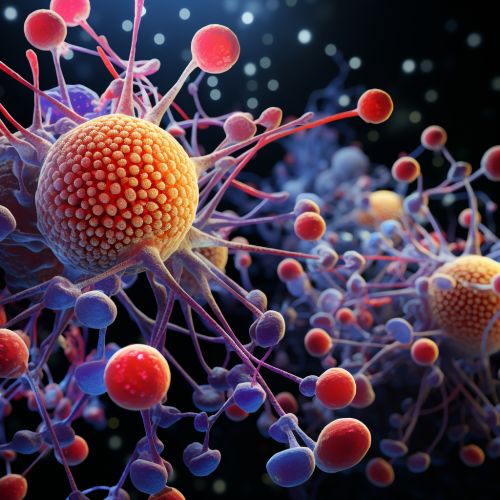
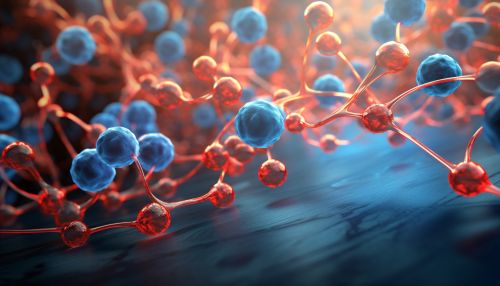
Signal Transduction
Signal transduction is the process by which a signal is transmitted from the cell surface to its interior, leading to a cellular response. This process involves a series of steps, including signal reception, signal transduction, and response.
Signal Reception
Signal reception involves the binding of a signaling molecule to its receptor. This binding event triggers a change in the receptor's conformation, initiating the signal transduction process.
Signal Transduction
During signal transduction, the signal is relayed from the receptor to intracellular targets. This is often achieved through a series of protein-protein interactions, which amplify the signal and allow for precise control over the cellular response.
Response
The response is the final step in the signal transduction process. This can involve a wide range of cellular activities, such as changes in gene expression, alterations in cell metabolism, or the initiation of cell division.
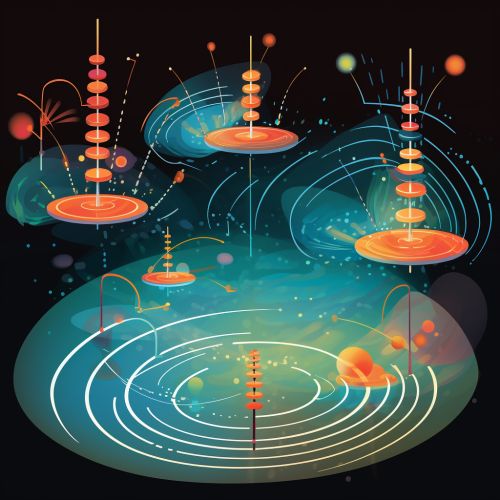

Cellular Communication in Disease
Abnormalities in cellular communication can lead to a variety of diseases, including cancer, autoimmune disorders, and neurodegenerative diseases. Understanding the mechanisms of cellular communication is therefore crucial for the development of effective treatments for these conditions.
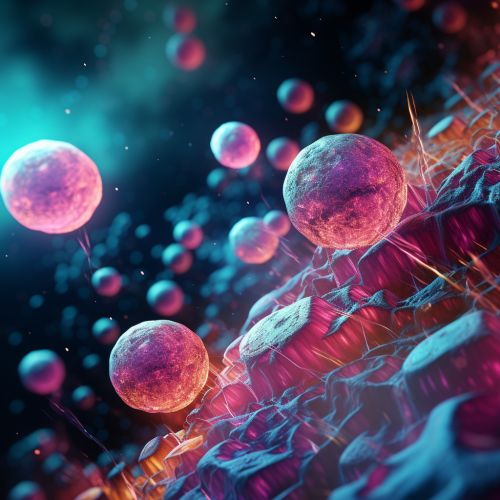
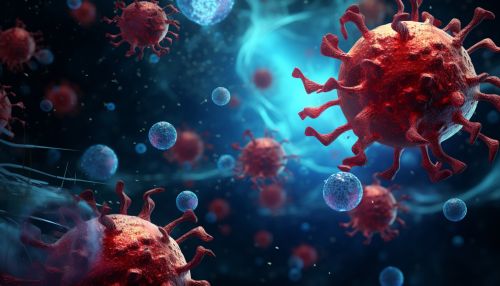
Conclusion
Cellular communication is a complex and dynamic process that is essential for the coordination of biological functions. By understanding the mechanisms of cellular communication, scientists can gain insights into the processes that govern health and disease, paving the way for the development of new therapeutic strategies.
